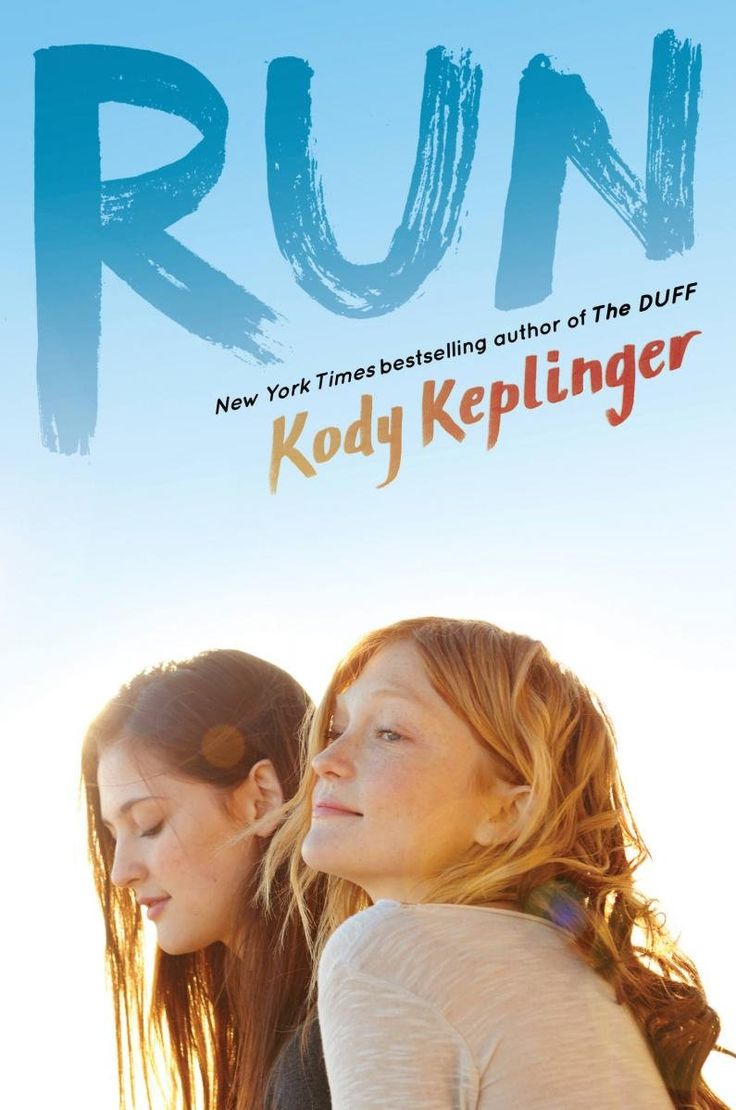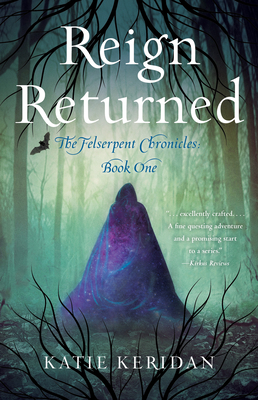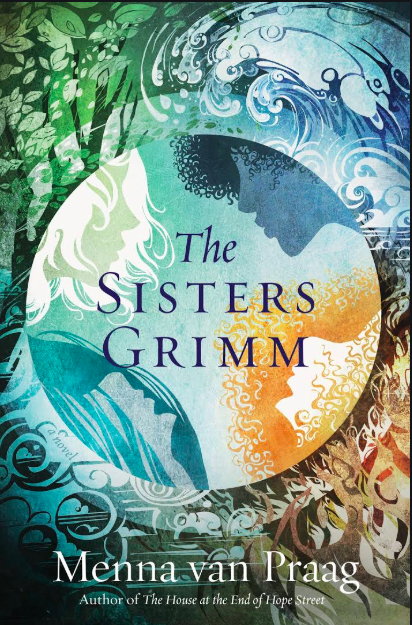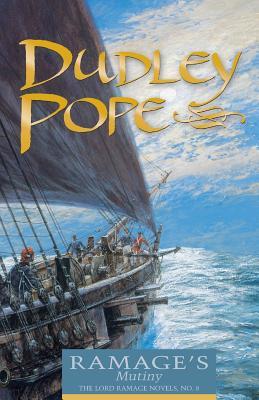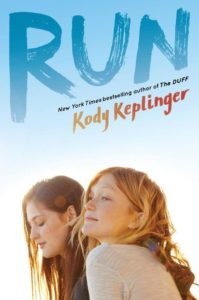
Bo Dickinson and Agnes Atwood don’t seem like they should be best friends – Agnes is the church-going blind girl, and Bo is the latest in the line of no-good Dickinsons, pariahs of the town. Maybe it’s the fact that neither of them has ever really found true friendship that draws them together, but whatever it is, neither of their lives is ever going to be the same again.
My favorite thing about Run is the cyclical structure through which Keplinger tells her story. Told through alternating chapters from our two protagonists, we begin with Bo’s story – a dramatic moment when she and Agnes are running away from their small Kentucky town – and continue with Agnes’s backtracking and filling us in on how the pair comes to be friends. I’ve seen this technique used frequently to start a book off, but Keplinger keeps it up through the whole novel, until by the last chapter Agnes’s story has finally caught up with where Bo’s began. It’s elegantly done, and I like the way it makes Bo and Agnes’s friendship feel almost magical, as if there is this special loop of time in which their (platonic) love story never ends. Changing the chronological structure of the book really makes Run stand out among similar teen dramas.
Beyond the structure of the novel, Keplinger has managed to craft a compelling teen drama. Being from a small Southern town myself, I appreciate the authenticity with which the author conjures the one in which Bo and Agnes live (not surprising, as the town featured in Run is much like Keplinger’s own hometown). There’s all the usual juicy teen drama – sex, drinking, testing the limits of parental authority, cat fights in church – but the focus is always on Agnes and Bo and their relationship with each other. Additionally, much in the way the small Kentucky town in which the story takes place is based on Keplinger’s own, Agnes’s blindness is the same condition Keplinger herself has. Writing from her own life experience not only gives aspects of the story an inimitable, genuine quality, but compassionately highlights the experiences of teens living with similar disabilities – stories that deserve to be told. All in all, it makes a perfect summer read.
A copy of this book was provided by the publisher for review.

